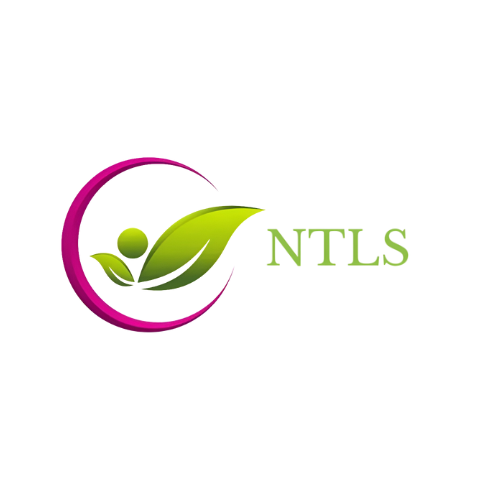Chinese cosmetic market
NMPA Regulations
In China, the National Medical Products Administration (NMPA) regulates cosmetics through stringent requirements that include:
- Detailed registration procedures for both domestic and international brands.
- Compliance with safety assessments and technical standards.
Recent updates include amendments to the Safety and Technical Standards for Cosmetics, which introduced new prohibited ingredients and revised testing methods. The NMPA also conducts inspections to enforce compliance, focusing on misleading advertising practices.
The Cosmetic Supervision and Administration Regulation (CSAR), which came into effect in China on January 1, 2021, represents a significant overhaul of the regulatory framework governing cosmetics in the country. This regulation aims to enhance the safety and quality of cosmetic products through stricter supervision and management. Here are the key features and implications of CSAR:
Key Features of CSAR
- Regulatory Structure
- Dual-Track System: CSAR introduces a dual-track registration and notification mechanism for both new cosmetic ingredients and end-use products, which helps ensure compliance throughout the product lifecycle.
- Defined Categories: The regulation categorizes cosmetics into general and special cosmetics, with specific requirements for each. Special cosmetics include products with defined functions such as hair dyeing or skin whitening
- Safety Assessments
- Mandatory Safety Assessments: All cosmetic products must undergo comprehensive safety assessments that include toxicological evaluations. This requirement aims to ensure that all ingredients used are safe for consumers.
- Exemptions from Animal Testing: General cosmetics may be exempt from animal testing if they meet certain safety and quality standards, marking a shift towards alternative testing methods.
- Ingredient Management
- Ingredient Registration: New cosmetic ingredients not listed in the Inventory of Existing Cosmetic Ingredients (IECIC) must be registered or filed with the National Medical Products Administration (NMPA). This includes submitting safety data for all ingredients used in cosmetic formulations.
- Prohibited Ingredients: The regulation includes lists of prohibited substances, which are regularly updated to enhance consumer safety. For instance, several new ingredients were added to the prohibition list in March 2024.
- Compliance and Monitoring
- Post-Market Surveillance: A robust post-market surveillance system is established to monitor the safety of cosmetics after they enter the market. This includes mandatory reporting of adverse reactions and annual reporting by manufacturers.
- Guidelines for Efficacy Claims: Companies must substantiate any efficacy claims made about their products with scientific evidence, which must be publicly available through NMPA’s channels.
Challenges for Companies
- Complexity of Compliance
Navigating the regulatory landscape under CSAR can be complex for both domestic and foreign companies. The need for detailed safety assessments and ingredient registrations requires significant resources and expertise.
- Cultural and Market Adaptation
Foreign companies may also face challenges related to understanding local consumer preferences and market dynamics, which can affect product acceptance despite regulatory compliance. In summary, CSAR significantly enhances the regulatory framework for cosmetics in China, focusing on consumer safety and product efficacy. While it presents opportunities for innovation and improved product standards, it also imposes rigorous compliance requirements that companies must navigate carefully.

Get in Touch
Have questions or need expert guidance on regulatory compliance? We’re here to help! Contact us today to discuss how NTLS can support your business.
